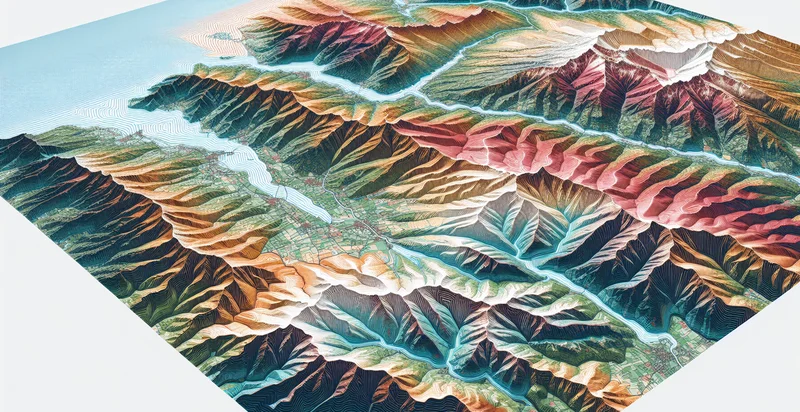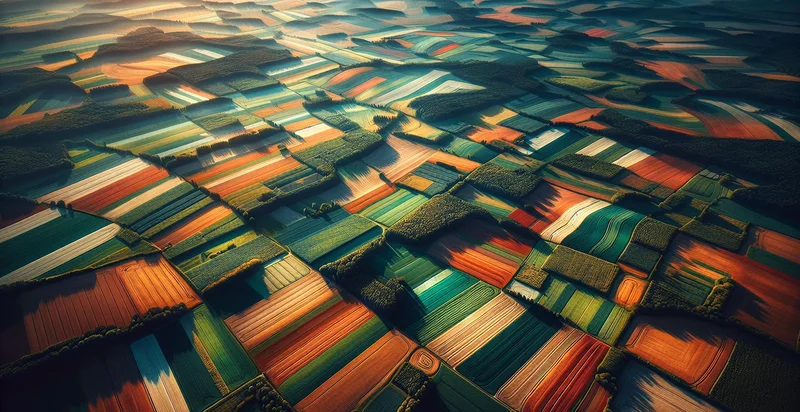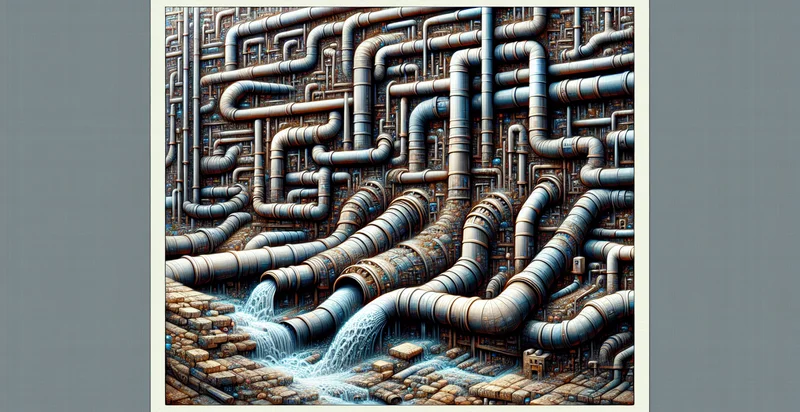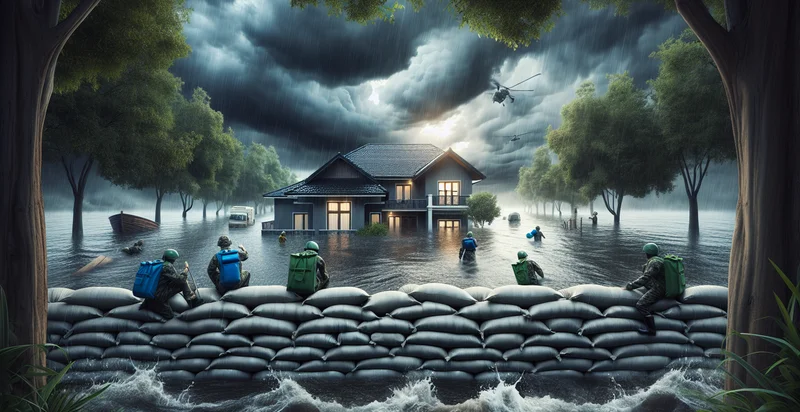Identify contour level
using AI
Below is a free classifier to identify contour level. Just upload your image, and our AI will predict the contour level of an object in an image. - in just seconds.

Contact us for API access
Or, use Nyckel to build highly-accurate custom classifiers in just minutes. No PhD required.
Get started
import nyckel
credentials = nyckel.Credentials("YOUR_CLIENT_ID", "YOUR_CLIENT_SECRET")
nyckel.invoke("contour-level", "your_image_url", credentials)
fetch('https://www.nyckel.com/v1/functions/contour-level/invoke', {
method: 'POST',
headers: {
'Authorization': 'Bearer ' + 'YOUR_BEARER_TOKEN',
'Content-Type': 'application/json',
},
body: JSON.stringify(
{"data": "your_image_url"}
)
})
.then(response => response.json())
.then(data => console.log(data));
curl -X POST \
-H "Content-Type: application/json" \
-H "Authorization: Bearer YOUR_BEARER_TOKEN" \
-d '{"data": "your_image_url"}' \
https://www.nyckel.com/v1/functions/contour-level/invoke
How this classifier works
To start, upload your image. Our AI tool will then predict the contour level of an object in an image..
This pretrained image model uses a Nyckel-created dataset and has 11 labels, including Ample, Extreme, Heavy, Light, Medium, Minimal, Moderate, Significant, Slight and Very Heavy.
We'll also show a confidence score (the higher the number, the more confident the AI model is around the contour level of an object in an image.).
Whether you're just curious or building contour level detection into your application, we hope our classifier proves helpful.
Related Classifiers
Need to identify contour level at scale?
Get API or Zapier access to this classifier for free. It's perfect for:
- Agricultural Crop Health Monitoring: This function can identify contour levels in agricultural fields to assess crop health. By analyzing the contour patterns, farmers can pinpoint areas suffering from water stress, nutrient deficiencies, or pest infestations, allowing for targeted interventions.
- Flood Risk Assessment: In urban planning, this function can help identify high-risk flood zones by analyzing terrain contours. By understanding the contour levels, municipalities can implement better drainage solutions and develop risk mitigation measures for vulnerable areas.
- Geological Surveying: The contour level identifier can aid geologists in analyzing soil and rock patterns for resource exploration. It enables precise mapping of geological formations, enhancing the search for minerals, hydrocarbons, or other natural resources.
- Urban Development Planning: City planners can leverage this function to evaluate terrain contours when designing new infrastructure. Understanding the contour levels helps in planning road layouts, drainage systems, and zoning areas for construction, ensuring efficient land use.
- Environmental Conservation: This function can assist environmental scientists in identifying critical habitats and conservation areas by analyzing contour levels. It allows for better planning of protected regions and helps in monitoring changes in terrain affected by climate change.
- Landscape Architecture: Landscape architects can use the contour level identifier to design aesthetically pleasing, functional outdoor spaces. By accurately understanding the land's topography, they can create effective drainage solutions and select appropriate vegetation for the landscape.
- Erosion Control Planning: The function can be employed in erosion control efforts by identifying areas with certain contour levels prone to soil erosion. This data can guide the implementation of erosion control measures, such as planting vegetation or constructing barriers to protect vulnerable sites.


